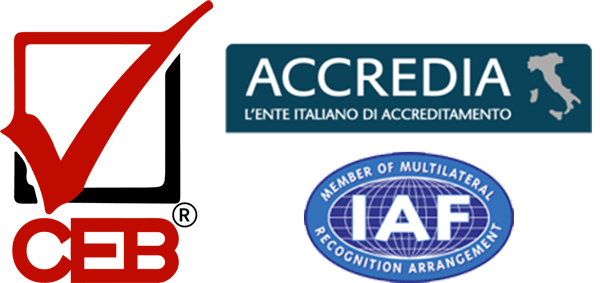The purpose of the financial statements drawn up according to the international accounting standards is to “provide information on the financial situation, on the economic result and on the changes in the financial structure of the company, useful for a wide range of users to make decisions in the economic field” 38.
In this regard, the FASB (OB3, Statement of Financial Accounting Concepts 8, 2010) also stressed the importance of effective company disclosure, stating that “investors, lenders and other current and potential creditors need information to support their decisions and verify the company’s prospective cash flows“39.
Therefore, according to the international model, the financial statements must provide adequate information on the current and future performance of the company, useful to all stakeholders.

IAS 38 Intangible activities
International Accounting Standards in acronym form IAS. The introduction of the international standards took shape in 2002 with Regulation (EC) no. 1606/2002, which was followed by Regulation (EC) no. 1725/2003 and a whole series of other regulations (so-called “type approvals”) issued to regulate the concrete application of the IAS / IFRS in the community legislation. The application of the international accounting standards allows the capitalization of the fair value of intangible asset.
With the entry into force of the law n. 116/2014, of conversion of the D.L. Competitiveness are confirmed by changes to the internal regulations that govern the use of the IAS / IFRS accounting standards. The intervention, provided for in art. 20, paragraph 2, D.L. n. 91/2014, is intended to allow the use of international accounting standards on an optional basis to all companies, with the sole exception of those that can prepare the financial statements in abbreviated form.
At the national level, the international accounting standards have been incorporated into Our Ordinance with the Legislative Decree n.38/2005, containing a series of provisions aimed at harmonizing the application of the principles in question with the internal tax regulations in the field of income business.
The application of the model for the revaluation of intangible assets IAS 38 allows the increase in value of an intangible asset following a redetermination of the value to be recorded in a specific equity reserve.
L’applicazione del modello della rivalutazione delle attività immateriali IAS 38 permette che gli incrementi di valore di una attività immateriale a seguito di rideterminazione del valore vengono contabilizzati in un’apposita riserva del Patrimonio Netto.

Why to Certificate
The reasons and the added value of the economic and financial certification of intangible assets.
Credit cost
Improves the capitalization of the company and positively influences the quantitative rating assigned by the Banks to the company.
Tax credit
The costs relating to the value certification of intangible assets is subjected to tax credit.




 Marketing e Comunicazione
Marketing e Comunicazione